MedPhysicals Plus
taying compliant with Federal Motor Carrier Safety Administration, or FMCSA, regulations is vital for the safety of commercial driving operations across the United States. With a major regulatory update on the horizon, CDL drivers and their employers need to be fully informed to avoid complications that could affect their driving privileges. The new Clearinghouse-II regulations are set to bring important changes, so it’s crucial to understand how they will impact commercial drivers.
The Clearinghouse is designed to enhance road safety by ensuring that CDL drivers who violate drug and alcohol regulations are identified and restricted from performing safety-sensitive functions, such as operating a commercial motor vehicle, or CMV, until they complete a mandated return-to-duty, or RTD, process.
Key Changes Under Clearinghouse-II:
- Driver License Downgrades: One of the most significant updates in Clearinghouse-II is that State Driver Licensing Agencies, or SDLAs, must downgrade the commercial driving privileges of drivers who are flagged in the Clearinghouse as having unresolved drug and alcohol violations. This means CDL drivers who are in “prohibited” status will lose their commercial driving licenses or commercial learner’s permits until they complete the federally required RTD process outlined in 49 CFR part 40, subpart O.
- Increased Accountability for Drivers: Drivers will no longer be able to delay addressing substance abuse violations. If a driver is listed in prohibited status in the Clearinghouse, the SDLAs will be required to revoke their commercial driving privileges until the violations are resolved and the RTD process is completed.
The most critical part of the RTD process is that it must be completed under the supervision of a certified Substance Abuse Professional. The Substance Abuse Professional evaluates the driver, recommends treatment, and confirms when the driver is fit to resume safety-sensitive duties.
Here’s what drivers and employers need to know:
- Drivers Will Be Flagged: CDL drivers who have not completed the RTD process after a substance abuse violation will be flagged in the Clearinghouse. Their commercial driving privileges will be revoked until the issue is resolved.
- Employers Must Stay Vigilant: Employers are required to query the Clearinghouse to verify that drivers are not in prohibited status before allowing them to perform safety-sensitive functions. Failing to do so could lead to non-compliance penalties.
- Return-to-Duty Process: Drivers who violate drug and alcohol regulations must complete the RTD process before returning to driving. This includes an assessment by a certified Substance Abuse Professional, completion of the recommended treatment, and a follow-up evaluation. Employers need to monitor this process closely to ensure that drivers are cleared to return to work.
For employers, it’s essential to communicate clearly with drivers about the importance of maintaining a clean record in the Clearinghouse and to provide support where necessary. Offering resources and access to Substance Abuse Professionals can help drivers return to compliance as swiftly as possible.
- Stay informed: Keep track of upcoming regulatory changes and how they will impact your operations.
- Regular queries of the Clearinghouse: Employers must make sure they are regularly checking the status of drivers in the Clearinghouse to avoid non-compliance.
- Educate and support drivers: Employers should provide resources and education about the RTD process and how to complete it effectively. This will help drivers regain CDL privileges faster and more efficiently.
By staying informed, understanding the RTD process, and ensuring that both drivers and employers are taking the necessary steps to comply with Clearinghouse-II, the industry can continue to operate safely and effectively.
